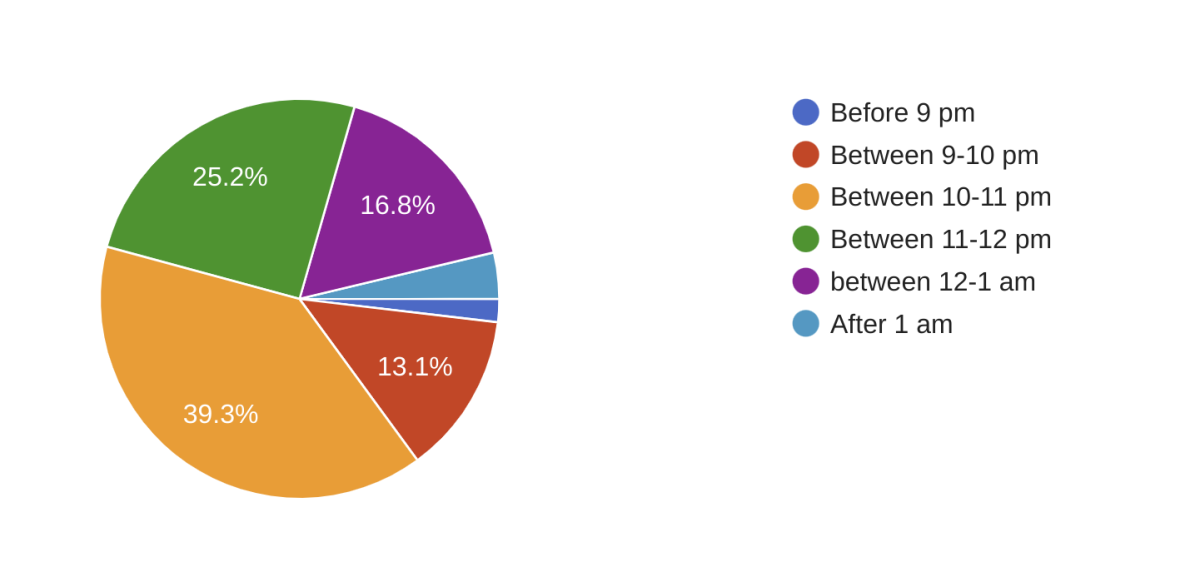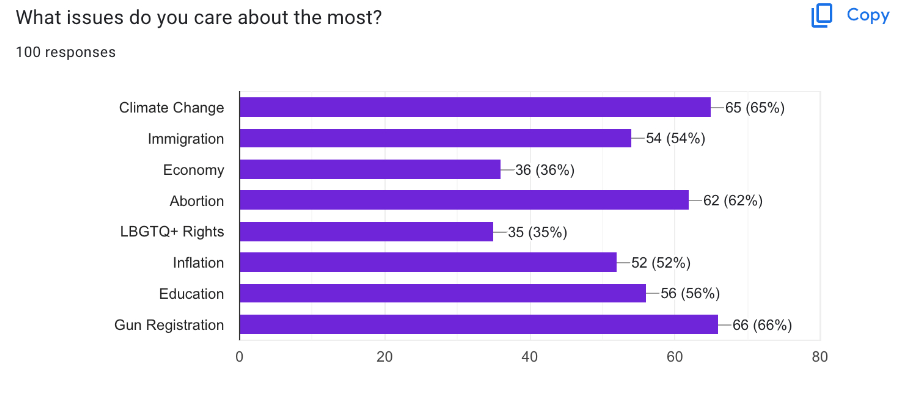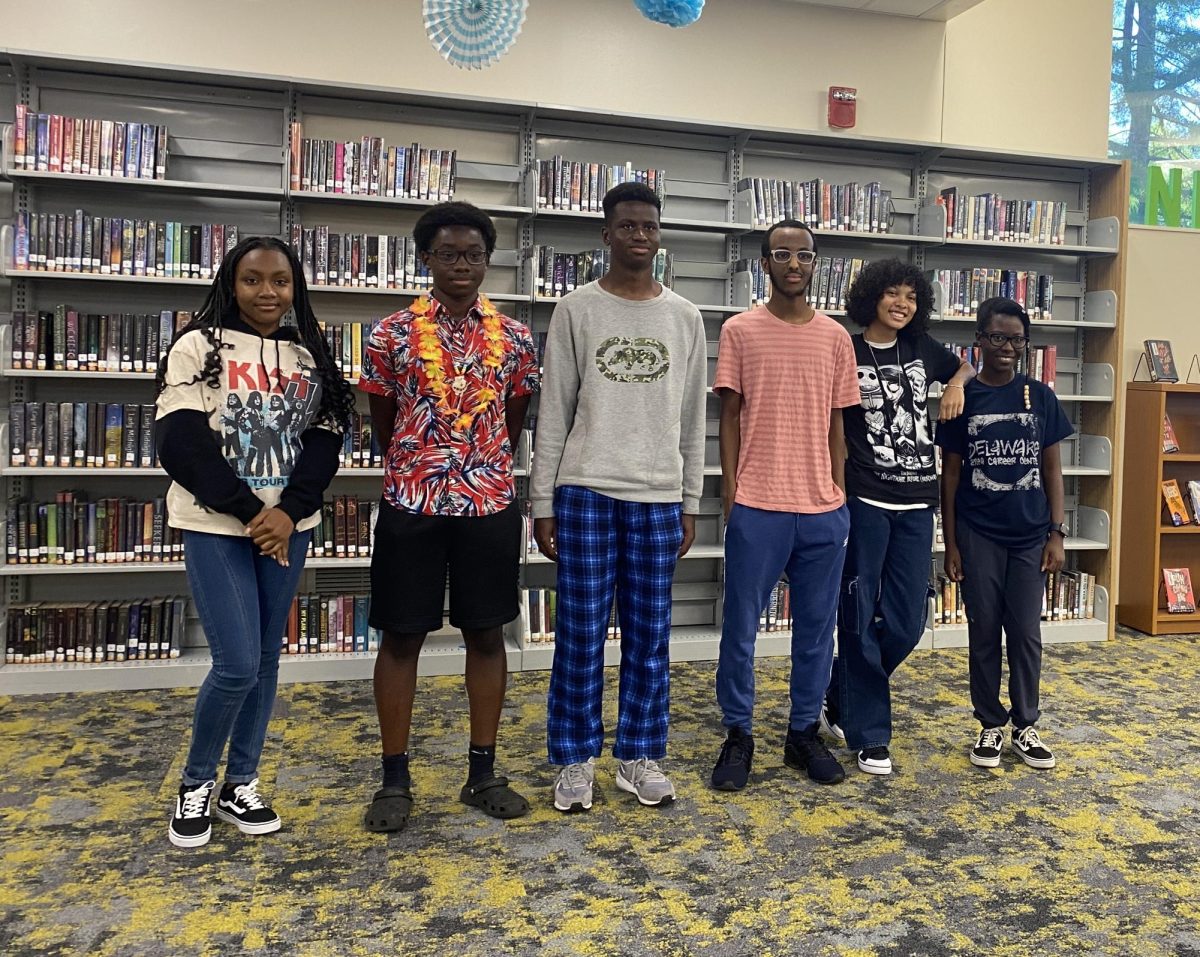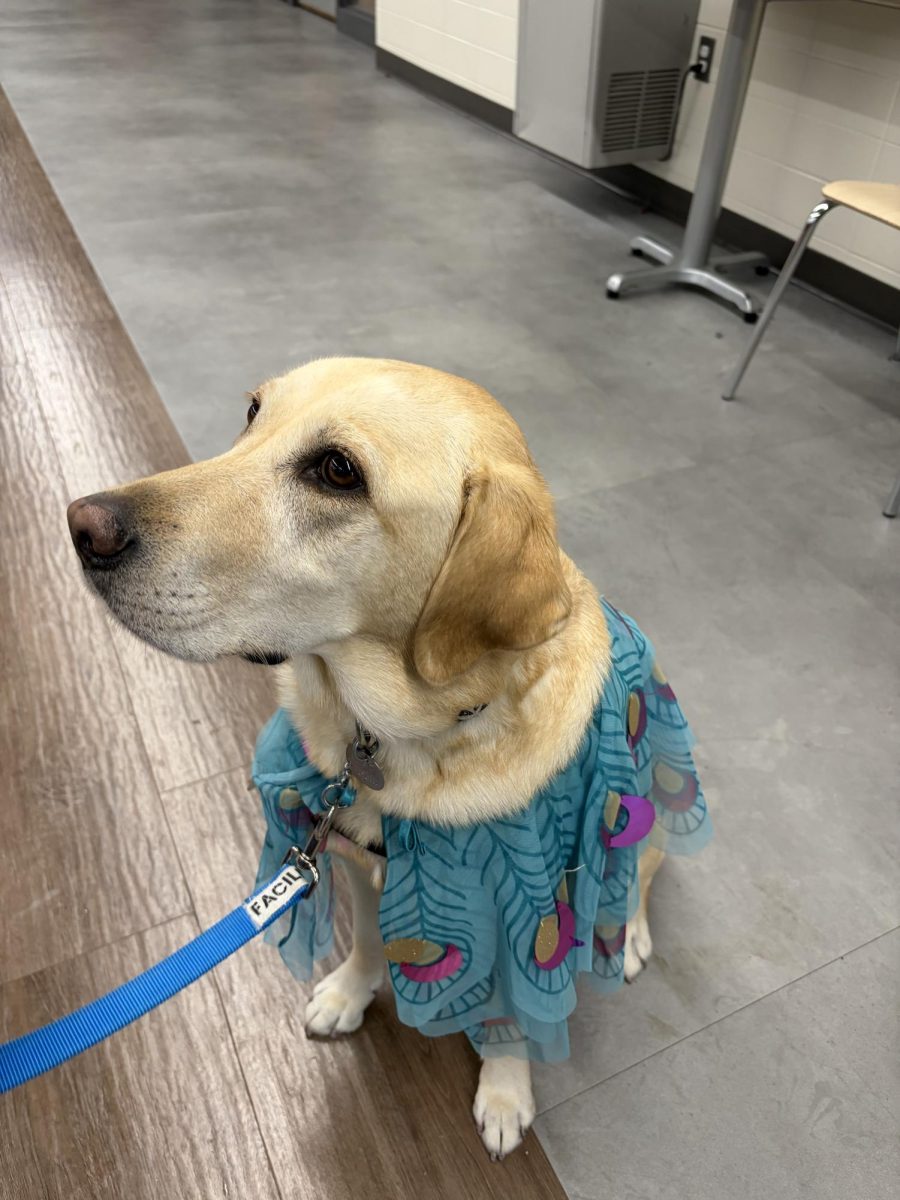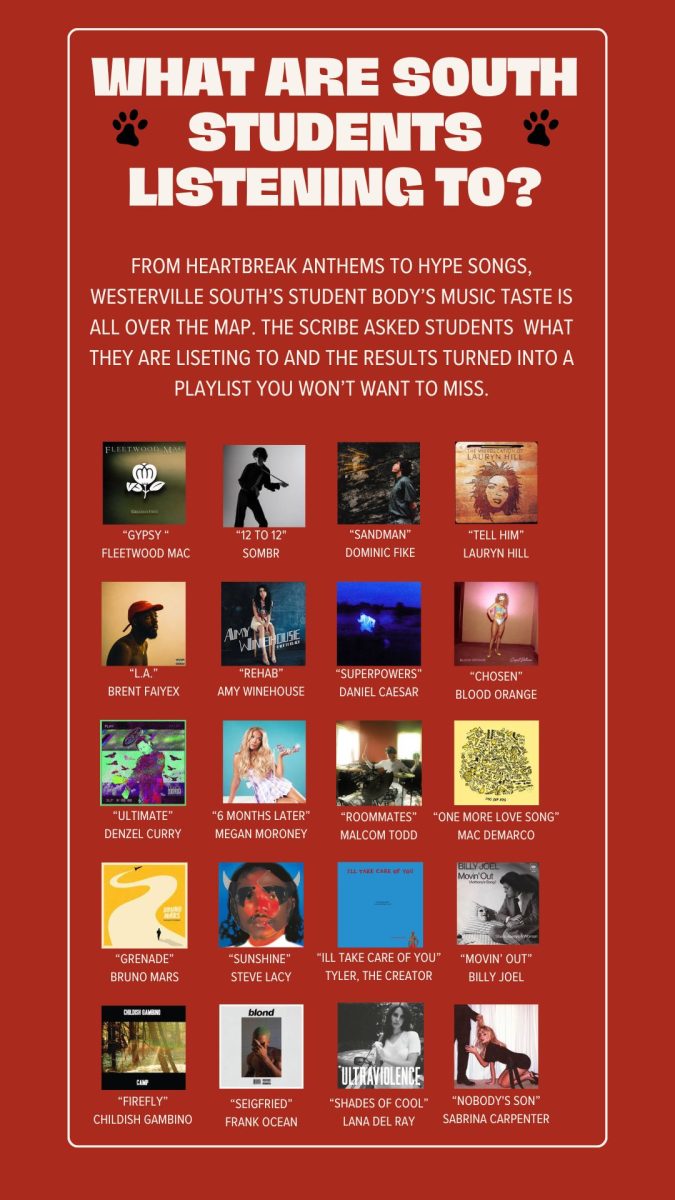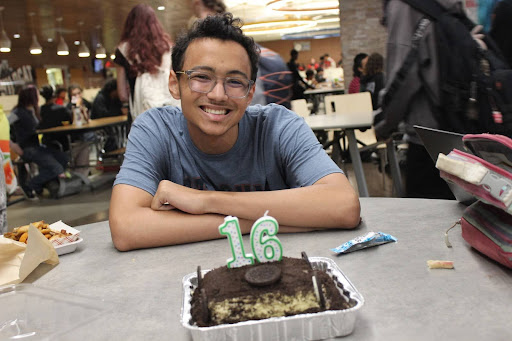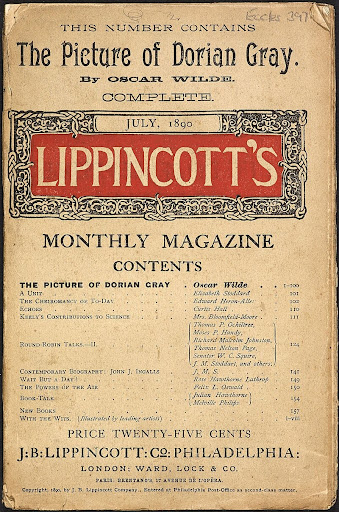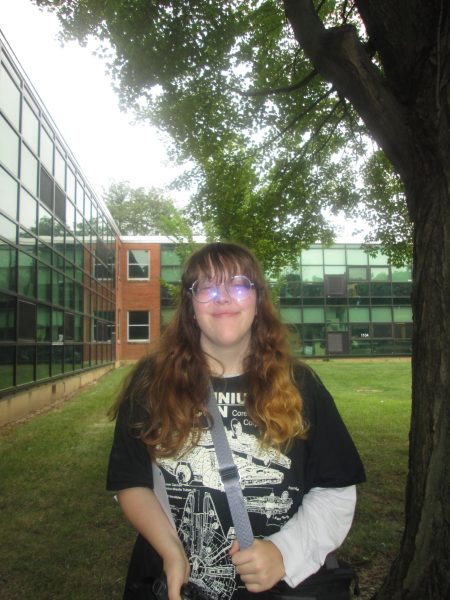Halloween today is full of costumes, candy, and more- celebrated by many. But Halloween started from a Celtic festival of Samhain, celebrated from October 31 through November 1. It was to celebrate the summer’s harvest, and the transition into winter. Not unlike the modern day creepiness surrounding the undead, Samhain was also thought to be a time in which the barrier between the living and the ‘Other World’ grew weak.
They often prepared offerings to be left outside for the fairies. Often the Celtic would dress up as animals or monsters, so the fairies would not be inclined to kidnap them.
Some specific monsters include a shapeshifting creature named Pukhan, who received harvest offerings from the fields, or Lady Gwyn, a headless woman dressed in white who chases wanderers at night with a black pig by her side.
There was also the Dullahan, who were occasionally represented as headless men who rode on flame-eyed horses. They would come in from the west and steal souls! Furthermore, a group of hunters known as the Slaugh or Faery Host were known to haunt Samhain and kidnap people.
Halloween has changed in a variety of ways since then, but certain parts were consistent, such as the above mentioned costumes, or leaving snacks outside. In the middle ages, Trick or Treat became an event where poor people would visit the richer folks, and receive pastries called soul cakes. Then, the poor people would pray for the rich ones’ deceased relatives. This practice was known as ‘souling,’ Eventually, it caught on with the children, who started going door-to-door asking for things such as food, money, or ale.
In the 19th century, the tradition of carving faces into vegetables arose. It sprouted from an Irish story of a man nicknamed ‘Stingy Jack,’ who tricked the Devil into ensuring that he would never go to hell, but when he died, Heaven rejected him. Left with nowhere to go, he was forced to roam the Earth forever as a lonely ghost. As he roamed, he carried a small turnip with an ember from Hell inside of it as a lantern. So, people started carving faces into vegetables to protect them from spirits such as Stingy Jack as they went Souling.
More modern day similarities include the theme of orange and black, orange representing the Autumn harvest, while black representing death. Furthermore, black cat association with general bad luck reached back to the middle ages, as they were considered a ‘Symbol of the Devil.’ Later, when witch trials were spiking, many accused of the practice had a black cat- further strengthening their bad reputation.
Despite being invented in the 1880s, candy corn was not widespread until 1898. It was originally called Chicken Feed, with the slogan “Something worth crowing for.” It was an autumn candy because of harvesting season, but became Halloween specific in the 1950s.
Even bats were not only figuratively, but literally part of Samhain. As bonfires lit, insects came, and with the insects came bats. Furthermore, medieval folklore believed that bats were the harbingers of death.
Haunted houses became popular in the 1930s, but it all started with Marie Tussaud’s wax museum in the 1800s featuring a “Chamber of Horrors,” which displayed decapitated figures from the French Revolution. Next, in 1915, a British ride manufacturer created a haunted house, mre similar to todays, which was filled with demon screams, shaking floors, and dim lights. They became popular during the Great Depression, as violence around Halloween was spiking. Parents didn’t want their children running around, thus more organized haunted houses and trails were made to keep them off the streets.
In the 1950s, costumes became an increasingly popular tradition. The costumes took form of less scary things which children would enjoy, such as radio shows, comic, or movie characters, not unlike today.
All in all, Halloween has remained consistent to its origin in a variety of ways, from costumes to offerings left out, while still expanding into what we recognize as Halloween today.


